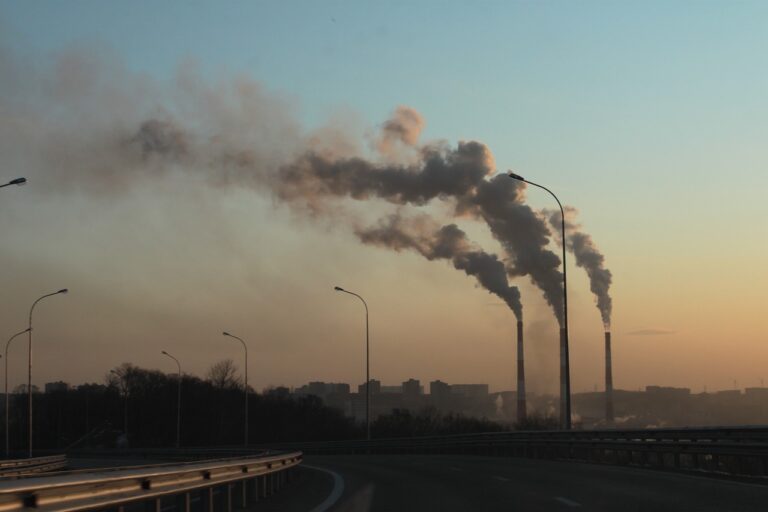CO2 levels continue to rise. Post-pandemic trends alone are projected to increase carbon dioxide emissions to 37 billion tonnes in 2030.
To keep global warming below the 1.5-2 degree threshold, however, we would have to limit CO2 emissions to 16-26 billion tonnes. Without this decrease, it would be impossible to curb global warming.
A huge chunk of emissions comes from richer countries. The G20 countries alone are responsible for 85% of global carbon dioxide emissions.
Many nations are aiming for climate neutrality by 2050, but the policies they have put in place are still insufficient to aim for such an ambitious goal. This is why the G20 countries have agreed to implement a series of measures to encourage and accelerate emission cuts. Including carbon pricing, considered one of the most effective tools.
Table of Contents
Carbon pricing, carbon tax and ETS: what are the differences?
Carbon pricing refers to all instruments designed to discourage carbon dioxide emissions into the atmosphere, i.e. the carbon tax, the Emissions Trading Scheme (ETS) and fuel excise taxes. In practice, these are measures that use market mechanisms to pass on the cost of emissions to emitters.
The carbon tax in particular is a tax that will hit those who emit carbon dioxide into the atmosphere. It is an eco-tax that, when implemented as part of a package of measures, has a number of benefits. Namely it reduces greenhouse gas emissions, encourages the transition to clean energy, puts a price tag on private investment in green technologies. It also provides ongoing incentives for mitigation efforts. Again, it reduces counterproductive behaviour, contributes to government revenues with low administrative costs. Moreover, it generates environmental benefits at the local level.
How is carbon pricing one of the most powerful tools to reduce emissions
As a tax on carbon from fossil fuel use, it is a direct, easily enforceable administrative tool that offers a certain future perspective on emission prices. And, direct revenue to government coffers (comparable to 1 GDP point for many G20 countries with a price tag of EUR 50/tCO2 in 2030).
The ETS, on the other hand, creates a market because, by capping emissions nationally, it is left to the market to set the price through the purchase-sale of emission credits by companies and industries. If an industry emits more than it can with the credits it has acquired, it will have to buy more from the companies that have generated less emissions. Otherwise it would have to pay a hefty fine.
These systems can be used individually or, as many countries are doing, in an integrated manner. The important thing is to encourage sustainable growth and incentivise companies to reduce their emissions, making the most polluting companies pay for the damage caused to the environment.
Costs of economic efficiency and secondary benefits
Today, too many carbon dioxide emissions still escape taxation. It is estimated that carbon pricing initiatives today cover only 8 giga tonnes of CO2e. Or 15% of global greenhouse gas emissions.
Only 6% of emissions are subject to a carbon tax, 12% to ETS and 35% to fuel excise taxes. According to international averages, excluding road transport, where excise duties cover 95% of emissions, the other sectors remain very uncovered. The carbon tax covers 13% of road transport and 7% of emissions from residential and commercial sectors. The ETS covers 14% of emissions from industry and 18% of emissions from electricity.
Among the many benefits, it is estimated that the environmental returns of carbon pricing are much higher than the economic costs.
According to the International Monetary Fund study, for most countries, the costs of changes in consumer and producer surplus, government revenues, in the fossil fuel market are lower than the positive environmental benefits such as reduced mortality due to air pollution.
Read also: Bhutan is the first carbon-negative country in the world












